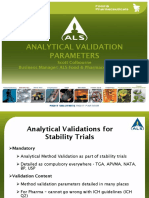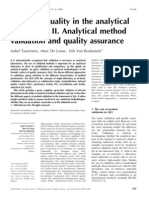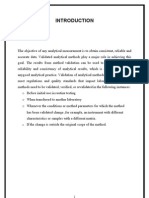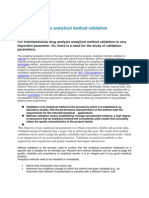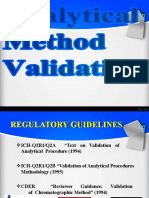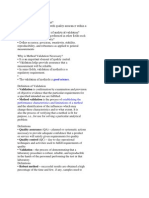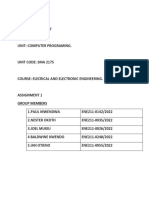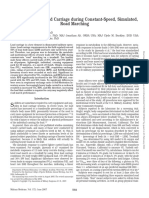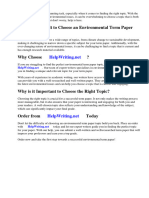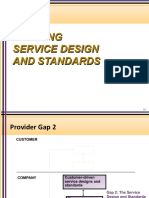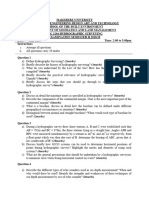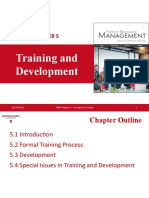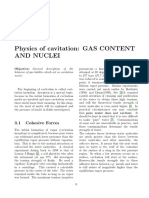0% found this document useful (0 votes)
9 views28 pagesAnalytical Method Validation Guide
The document discusses the importance of analytical method validation, outlining three main types of methods: quantitative, qualitative, and limit tests. It emphasizes the need for proper qualification of instruments, reagents, and analysts, as well as the necessity of validating methods based on regulatory standards. Additionally, it highlights proximate analysis in food, which estimates key components like moisture, fat, protein, and carbohydrates without sophisticated equipment.
Uploaded by
Gab NinCopyright
© © All Rights Reserved
We take content rights seriously. If you suspect this is your content, claim it here.
Available Formats
Download as PDF, TXT or read online on Scribd
0% found this document useful (0 votes)
9 views28 pagesAnalytical Method Validation Guide
The document discusses the importance of analytical method validation, outlining three main types of methods: quantitative, qualitative, and limit tests. It emphasizes the need for proper qualification of instruments, reagents, and analysts, as well as the necessity of validating methods based on regulatory standards. Additionally, it highlights proximate analysis in food, which estimates key components like moisture, fat, protein, and carbohydrates without sophisticated equipment.
Uploaded by
Gab NinCopyright
© © All Rights Reserved
We take content rights seriously. If you suspect this is your content, claim it here.
Available Formats
Download as PDF, TXT or read online on Scribd
/ 28







